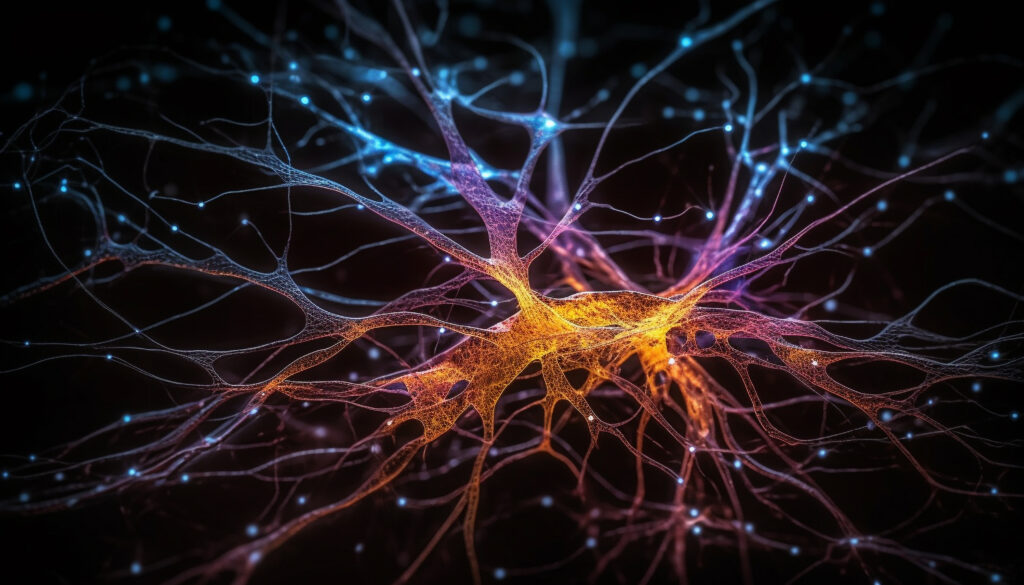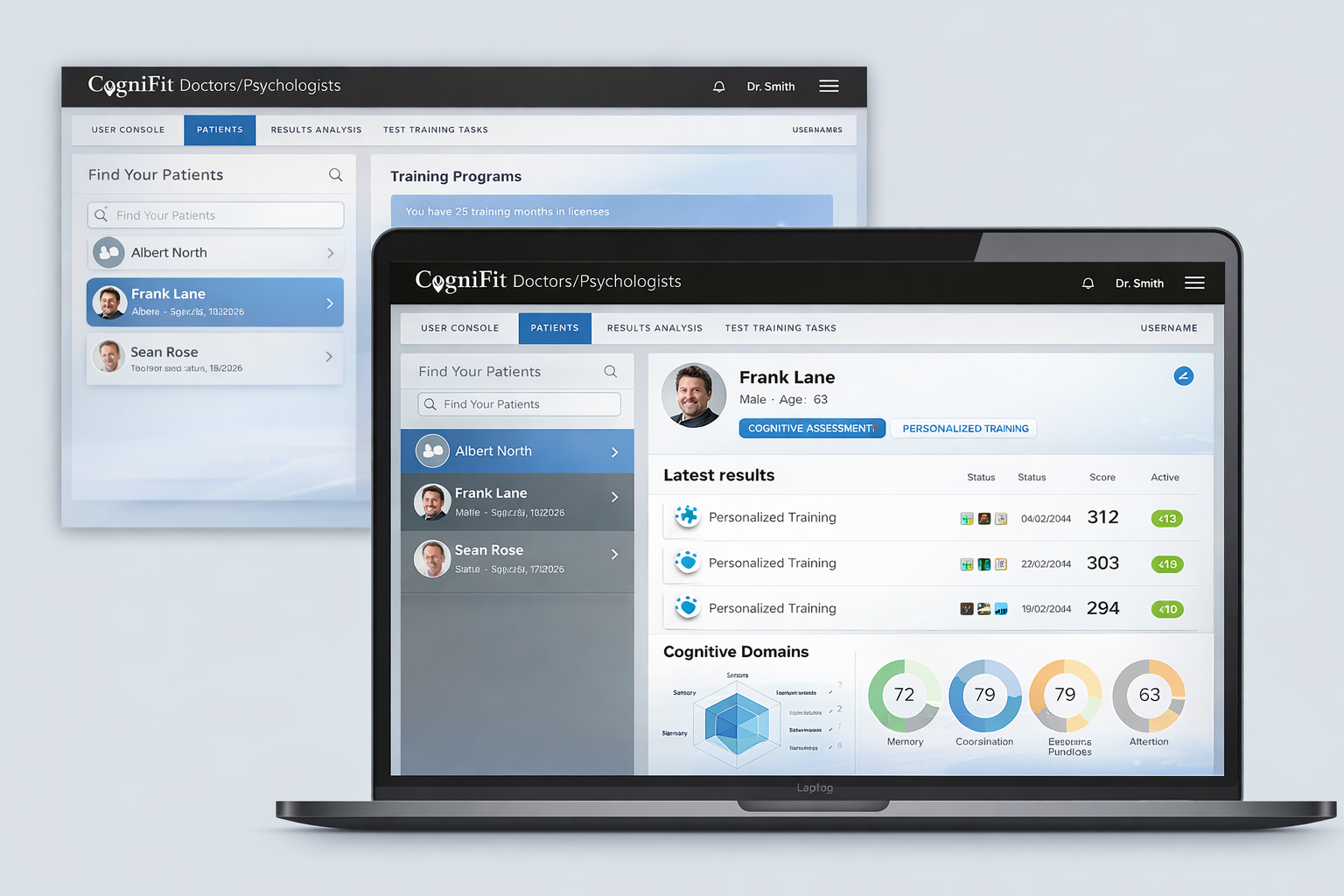
The Science of Being Scared: How Your Brain Reacts to Fear
Recent discoveries in neuroscience reveal how the brain processes fear. These findings could lead to better treatments for anxiety and PTSD. Understanding how fear circuits work is crucial for developing therapies that can ease the burden of these conditions. Researchers are now closer than ever to creating solutions that help people who struggle with extreme fear.

Note: This article is intended for general information and educational purposes. It summarizes scientific research in accessible language for a broad audience and is not an official scientific press release.
How the Brain Responds to Fear
Fear triggers the body’s fight-or-flight response. For many years, scientists thought the amygdala was the brain’s main fear center. However, new research shows that fear involves a network of regions. These regions work together to detect and respond to threats.
The Subiculum’s Role in Fear Memory
Did You Know? Fearful memories are more vivid because your brain prioritizes storing them, ensuring you remember potential dangers for future survival!
Researchers at the University of São Paulo (USP) and Bordeaux University found that the subiculum, a part of the hippocampus, is crucial for detecting threats and forming fear memories. This study, published in Current Biology, shows that the subiculum sends threat information to the hypothalamus. This connection helps us recognize danger and update fear memories when things change.
In addition, the researchers discovered that turning off the dorsal premammillary nucleus (PMd) reduced fear in animals. This suggests that the PMd is key for both detecting threats and forming fear memories.
How the Prefrontal Cortex Interacts with the Amygdala
A study from the University of California, Los Angeles (UCLA), published in Nature Neuroscience, explored how the prefrontal cortex and amygdala interact during fear responses. The prefrontal cortex, which handles decision-making, controls the amygdala’s activity. Moreover, this research shows that the prefrontal cortex acts as a brake on fear. When it doesn’t work well, the amygdala becomes overactive, leading to more fear and anxiety. This finding is crucial for understanding anxiety disorders. Therefore, strengthening the prefrontal cortex could help manage fear better.
The Connection Between Memory and Fear
The hippocampus, known for its role in memory, also helps process fear. A study from the University of Cambridge, published in The Journal of Neuroscience, explains how the hippocampus and amygdala work together.
Furthermore, the research found that a pathway between the hippocampus and amygdala becomes active when we form and recall fear memories. This pathway helps the brain assess current threats by recalling past experiences. Understanding this connection could lead to new PTSD treatments. Consequently, altering traumatic memories could offer relief.
New Tools to Study Fear Circuits
Recent advances in optogenetics have made it easier to study the brain’s fear circuits. Optogenetics lets researchers control neurons with light. They can turn brain pathways on or off and see the effects on behavior.
For example, a study from the Massachusetts Institute of Technology (MIT), published in Neuron, used optogenetics to map fear circuits between the hippocampus and amygdala. By activating or silencing these circuits, researchers could observe changes in fear responses in real-time. Thus, this precise control could lead to treatments that target specific brain pathways involved in fear. These treatments might help those with anxiety or PTSD.

An article in Neuroscience News titled “Mapping Fear: Brain Circuit That Detects and Remembers Threats Revealed” highlights recent progress in understanding fear circuits. The article explains how the subiculum-hypothalamic pathway is crucial for detecting and updating fear memories. It also emphasizes the role of the dorsal premammillary nucleus (PMd) in fear detection. Manipulating this area changes how the brain responds to threats.
Clinical Implications and Future Directions
These studies, together, offer new ways to treat anxiety and PTSD. Understanding the brain circuits involved in fear allows researchers to develop more targeted therapies. For instance, improving cognitive-behavioral therapy (CBT) by strengthening the prefrontal cortex could help manage fear better.
Additionally, targeting the hippocampus-amygdala pathway might help modify or erase traumatic memories. This approach offers new hope for PTSD sufferers. As a result, these therapies could improve the quality of life for people with anxiety disorders by addressing the brain’s fear mechanisms.
Interesting facts about the brain and fear
The brain and fear are deeply interconnected, with fear being one of the most fundamental human emotions. Here are some fascinating facts about how the brain processes fear:
- Fear Can Override Rational Thought: When the brain perceives a threat, the amygdala can override the prefrontal cortex, which is responsible for rational thinking. This can lead to irrational fears and reactions, as the brain prioritizes survival over logic.
- Fear Memories are Stronger: The hippocampus, which is involved in memory formation, works closely with the amygdala. Fearful experiences are often remembered more vividly than neutral ones because the brain prioritizes storing information that could help avoid future dangers.
- The Brain’s “Fear Circuitry”: Fear activates a network of brain regions, including the amygdala, hippocampus, hypothalamus, and brainstem. This circuitry triggers a cascade of physiological responses, such as increased heart rate, rapid breathing, and the release of stress hormones like adrenaline.
- Fear Can Be Inherited: Studies have shown that fear responses can be passed down through generations. This phenomenon, known as “epigenetic inheritance,” suggests that trauma or fear experienced by parents can affect their offspring’s fear responses.
- Fear and Anxiety are Linked, but Different: While fear is a response to an immediate threat, anxiety is more about anticipation of future threats. The same brain regions are involved in both, but anxiety often engages the prefrontal cortex more, as it involves worry about potential dangers.
- Phobias are Fear Gone Awry: Phobias are intense, irrational fears of specific objects or situations. They arise when the brain’s fear circuitry becomes hypersensitive, often due to a traumatic experience or learned behavior.
- Exposure Therapy Can Rewire the Brain: Exposure therapy, a common treatment for phobias and anxiety disorders, involves gradually exposing a person to the feared object or situation. Over time, this can help rewire the brain, reducing the fear response.
- Fear Can Be Both Innate and Learned: Some fears, like the fear of loud noises or falling, are innate and present from birth. Others, like the fear of certain animals or situations, are learned through experience or cultural influences.
- The Brain Can ‘Unlearn’ Fear: The brain has the ability to “unlearn” fear through a process called extinction, where repeated exposure to a feared stimulus without any negative consequences can diminish the fear response. This process involves the prefrontal cortex helping to inhibit the amygdala’s response.
These facts illustrate how fear is a complex emotion deeply rooted in our brain’s structure and function, influencing not just our behavior but also our memories, responses, and even future generations.
The brain’s fear circuits are complex, involving many regions that work together to detect and respond to threats. Recent research has greatly improved our understanding of these circuits, revealing new therapy targets. As scientists continue to explore these pathways, the potential for developing new and effective treatments for anxiety and PTSD grows stronger.
The information in this article is provided for informational purposes only and is not medical advice. For medical advice, please consult your doctor.














